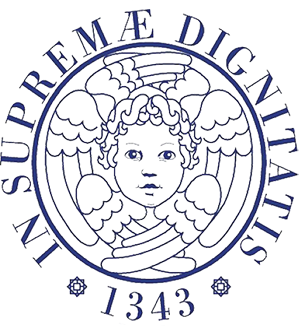Definition:
Ureteral prostheses (there are different types) are devices that, introduced inside the ureter, allow to keep a wide duct and to ensure the flow of urine. The term ureteral prosthesis is commonly referred to parts that are permanently left in the ureter. The most commonly used prostheses are metallic (Wallstent, Memotherm) and have different lengths to adapt to different anatomic situations.
Indications:
The placement of a ureteral prosthesis is indicated by a stenosis (shrinking of the ureter). Placement of a urethral prosthesis is indicated when the stenosis has a high chance of relapse after endoscopic treatment (or has already been relapsed) or when the length is such as to imply a complex surgery.
Technical Description:
The prosthesis is placed in the shrinkage seat by a cystoscope and ureteral catheter on which the prosthesis is mounted or by ureteroscope (the ureter is accessed from the outside, through the urethra and the bladder). For the prosthesis to be positioned it is necessary to first extend the urethra’s narrow point by endoscopic incision (endoscopic ureterotomy) or dilatation with a special balloon catheter. The task of the prosthesis will be to keep the stenosis wide. In long stenoses it is possible to place more than one prosthesis in succession.
The endoscopic maneuver requires general anesthesia in most cases. In the lower portions of the ureter it is also possible to use a spinal anesthesia.
Preparation for intervention:
Preoperative antibiotic prophylaxis should be used. Good bowel preparation is also useful in order to better follow the prosthesis positioning maneuvers.
Duration of intervention:
Ureteral prosthesis positioning is an endoscopic act that takes a short time, typically about 20-30 minutes. More time may be needed if the stenotic tract has to be dilated or incised.
Type and duration of hospitalization:
Mostly, hospitalization is performed in an ordinary manner, but in some cases the patient can also be treated in Day Hospital. In all cases it is gonna be a short stay.
Results:
Results are not referable in percentage terms to the poor records in the world literature.
Advantages:
The placement of ureteral endoprosthesis greatly reduces the risk of stenosis relapse and allows for endoscopic stenosis, whose severity and risk of recurrence implies otherwise a surgical intervention.
Disadvantages:
There are no real disadvantages of the method where the prosthesis is positioned for a stenosis that would otherwise require a surgical procedure. The previous positioning of the prosthesis does not generally preclude the successful outcome of a subsequent surgical operation. The world experience with endoureteral implants is, however, still limited and long-term efficacy is not known. The main disadvantage is that endoureteral prostheses, once positioned, can not be removed, if not with difficulty and at a price for damage to the corresponding ureteral wall. Also, placement of a prosthesis may require repeated radiological controls that expose the patient to radiation.
Side effects:
It is possible to have a persistent hematuria associated with the elimination of small filamentous clots.
Complications:
Despite the fact that the prosthesis materials are biocompatible, it is possible to have an allergic reaction that may compromise the successful outcome of the surgery or require removal of the prosthesis. It is possible to dislocate the prosthesis and recurrence of stenosis, more often upstream or downstream of the prosthesis itself. The presence of an extraneous body, such as the prosthesis, can lead to inflammatory processes that result in possible recurrent hematuria, infectious phenomena and deposits of limestone concretions or stone formation.
At discharge:
Prolonged antibiotic therapy associated with hyperhydration is recommended.
How to behave in case of complications arising after discharge:
In cases of kidney colic or persistent lumbar pain, fever, severe hematuria or other intense symptoms are manifested, it is useful to consult your urologist or the reference hospital.
Checks:
It is useful to perform radiological checks to verify that the prosthesis maintains the right position. Regular urine tests and radiological or ultrasound tests should also be carried out.

